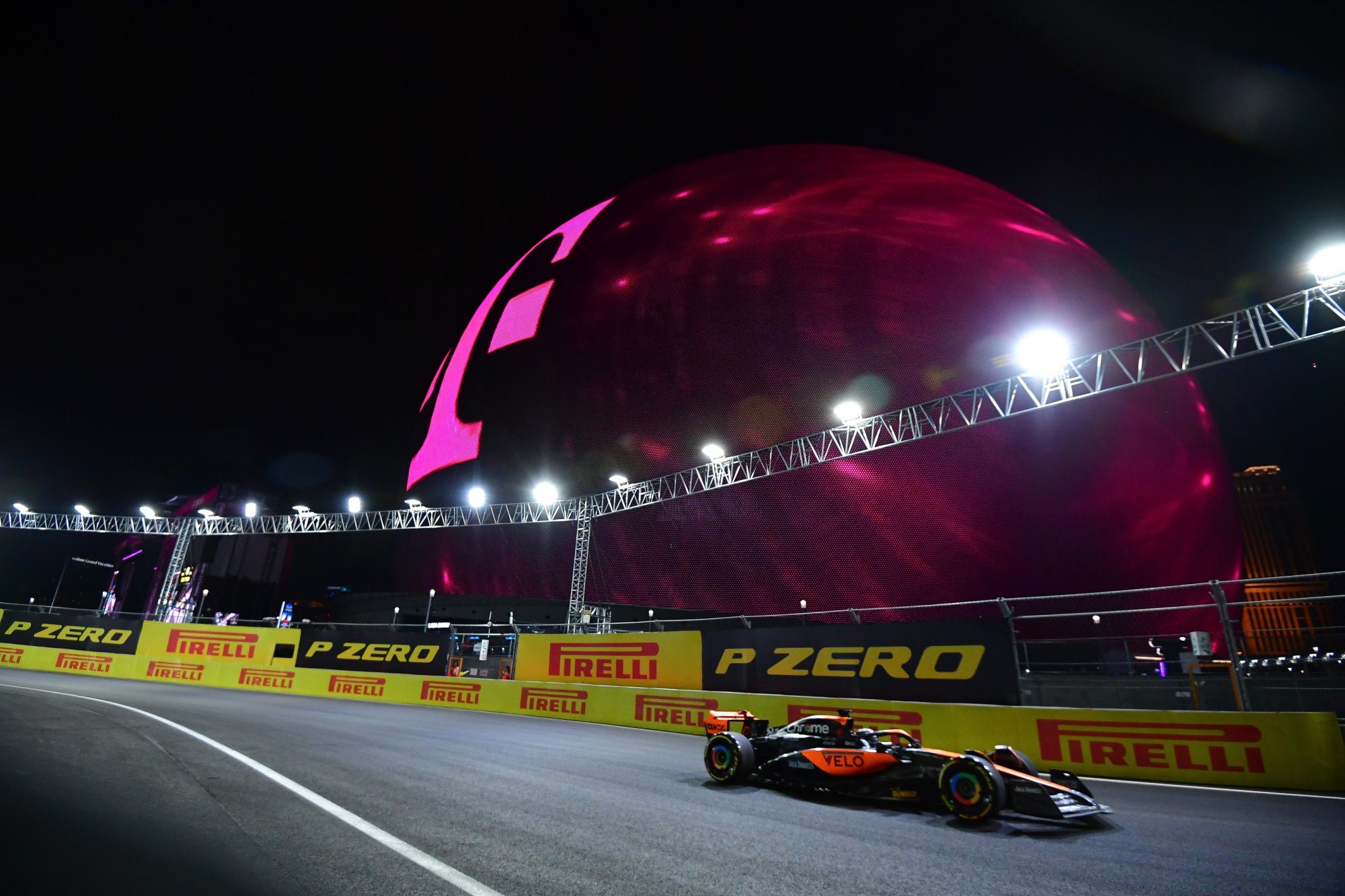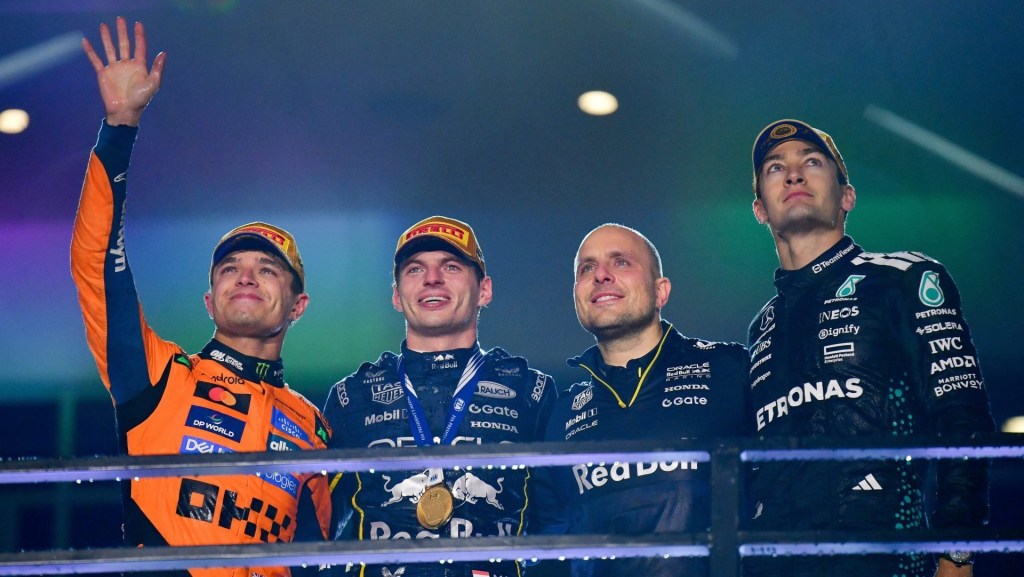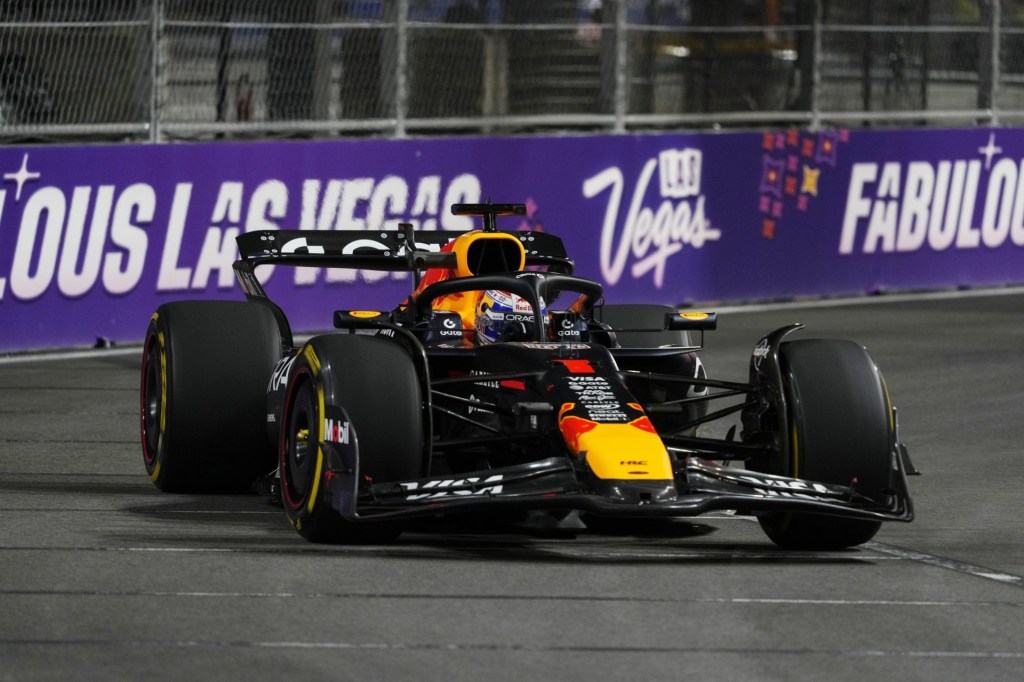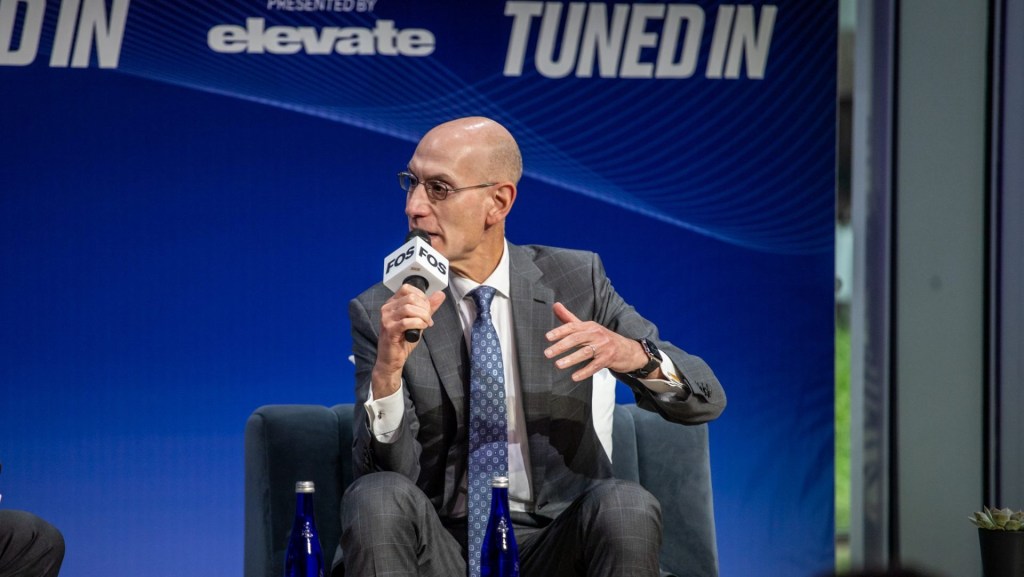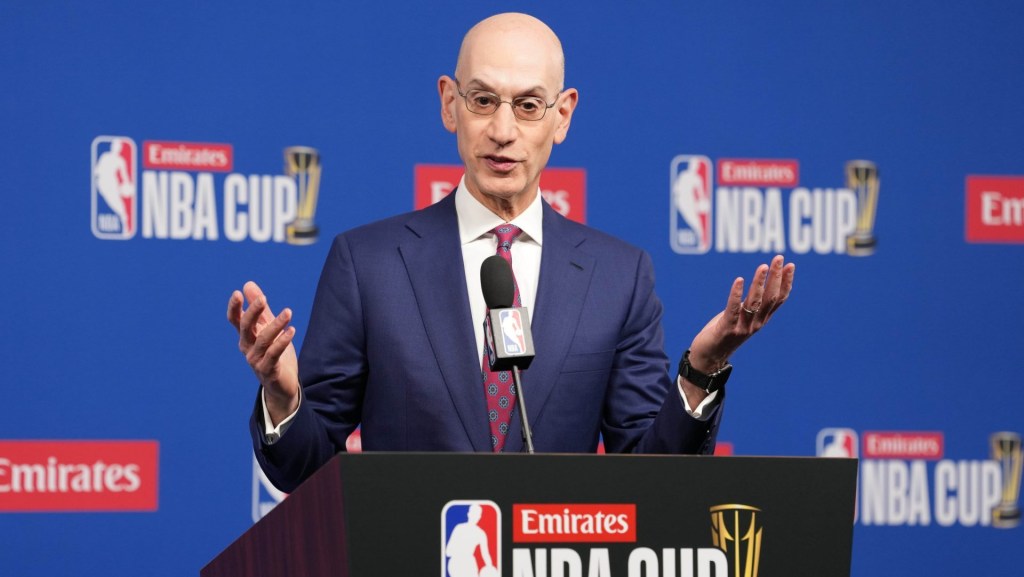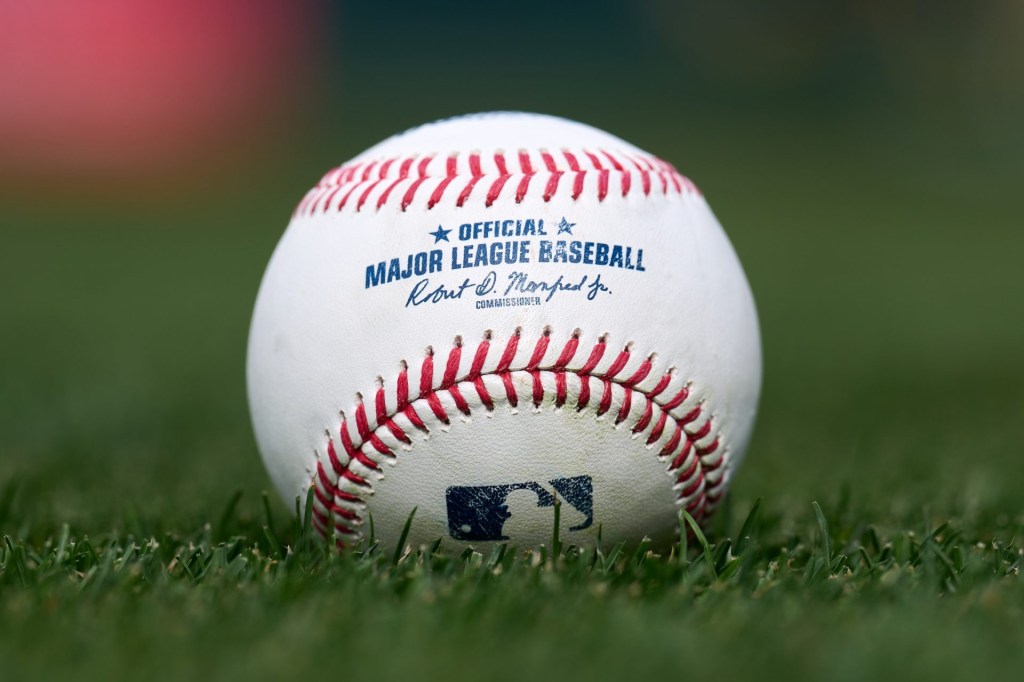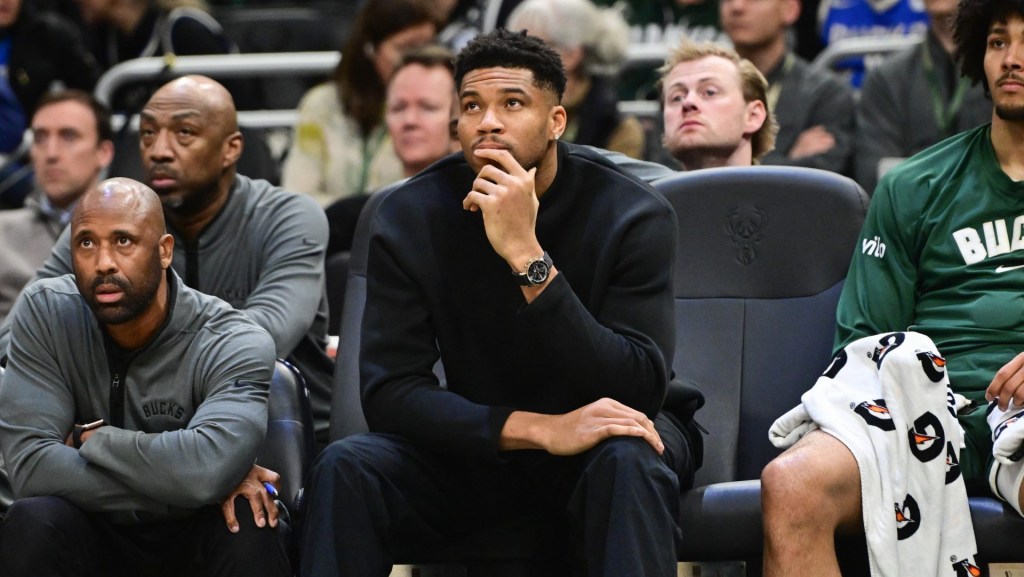The second chapter of Formula One’s Las Vegas Grand Prix started Thursday with significantly less buzz compared to last year—for better or worse.
The 2023 iteration was a spectacle planned in 18 months, which included building a $500 million paddock from scratch in the middle of one of the country’s biggest tourist destinations. F1 chief commercial officer Emily Prazer admitted to Front Office Sports that last year was a challenge, and this year is expected to be a lot “calmer.”
“I think we obviously underestimated the timing and challenges of building an entirely new building,” Prazer said. “But I think last year was an incredible success.”
F1 announced a $1.5 billion economic impact from last year’s race, which is 50% more than what the Super Bowl generated a few months later. Economic advisory firm The Boyd Company estimates the 2024 Vegas race will have a $1.1 billion economic impact.
Those numbers may still not please all the stakeholders—including restaurant owner Gino Ferraro, who told FOS the race did “nothing” for his business last year. Read more about the sentiments of Las Vegas business owners like Ferraro on Front Office Sports.
Global Reach vs. Local Appeal
In June 2022, ESPN renewed its rights with F1 until 2025 through a three-year deal that ranged from around $75 million to $90 million annually. At the time, F1 viewership had ballooned due to the success of the Netflix docuseries Formula One: Drive to Survive.
The 2022 season averaged 1.21 million viewers, the most watched in U.S. history. But last year saw a dip, averaging 1.11 million viewers, even with the addition of the Las Vegas race. This year’s races are averaging 1.12 million viewers when aired on ESPN, ESPN2, and ABC following the Brazilian Grand Prix on Nov. 3, which is in line with last year’s average of 1.11 million after the same race.
The Vegas race averaged 1.3 million viewers last year, less than half the viewers of the 2024 Miami Grand Prix in May. This is in part due to the 1 a.m. ET start time of the race, which is 10 p.m. local time. While F1 adjusted the time of free practice this year following the delays caused by an accident involving Ferrari driver Carlos Sainz, they didn’t change the actual race’s start time in part due to Vegas’s late-night appeal, but also because the majority of its audience is not in the U.S.
“The other side is the European, Middle Eastern, and Asia broadcast piece,” Prazer said. “That’s our key territory. So a Sunday morning race in Europe is key for our broadcast figures, and we have to sacrifice something and sadly, the East Coast of America is that.”
Undecided Championship Battles
Unlike last year, when both the drivers’ and constructors’ championships were decided well before the Las Vegas Grand Prix, this year’s race has a lot more intrigue that could make up for its dwindling novelty.
With three races left on the calendar, only 49 points separate the top three teams as McLaren holds a 36-point advantage over Ferrari, which is ahead of Red Bull by just 13 points.
The race isn’t as close in the drivers’ championship—but Red Bull’s Max Verstappen, who is ahead of McLaren’s Lando Norris by 62 points, can clinch the title on U.S. soil if he beats Norris or loses by less than three points.
